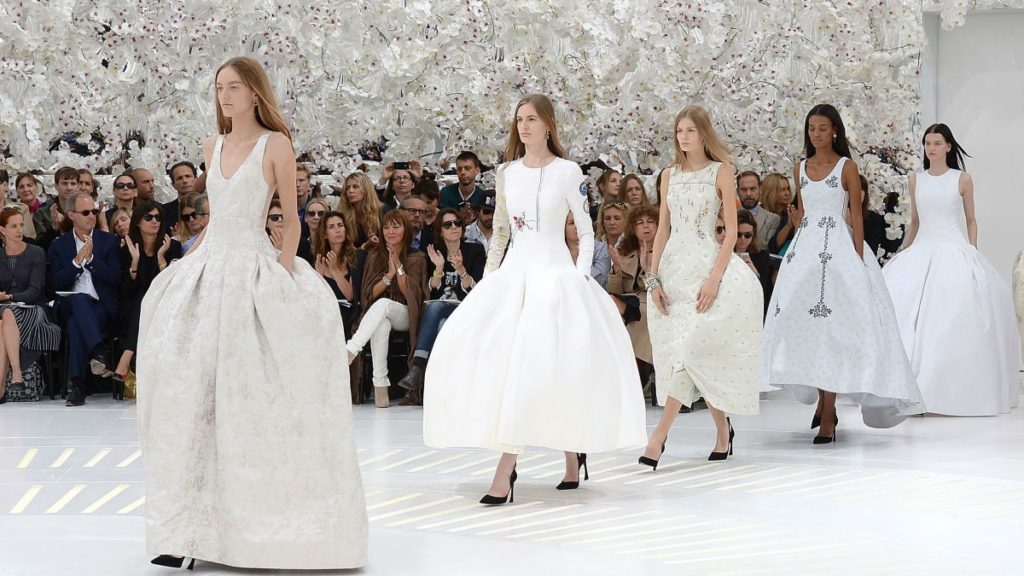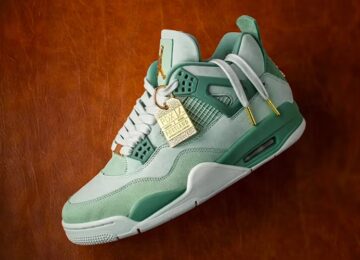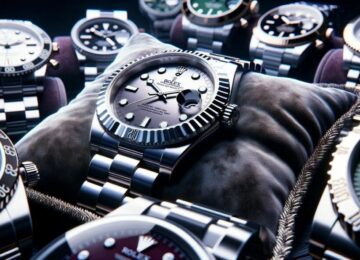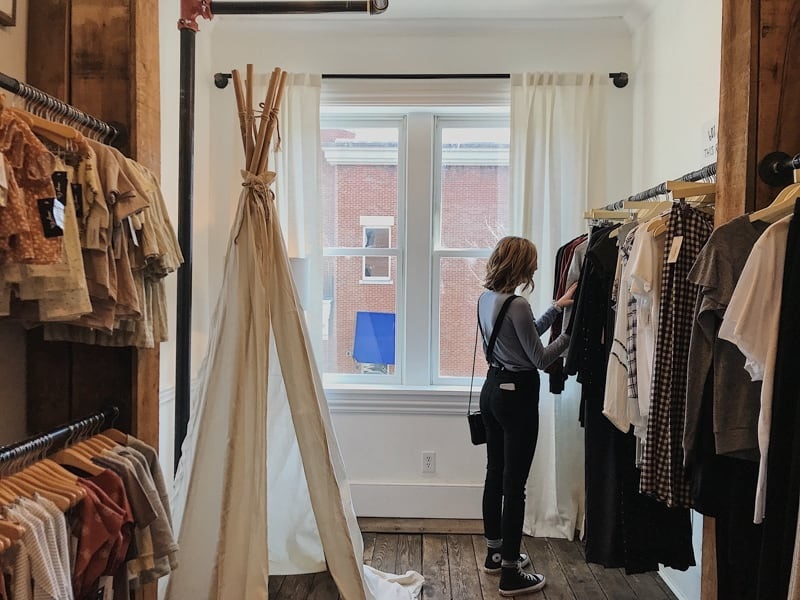Fashion has been an integral part of human society since ancient times. It has always been a reflection of the cultural, social, and economic milieu of a given time and place, and has evolved with changing trends, technological advancements, and social values. The evolution of fashion from historical dress to modern runways has been a long and fascinating journey, marked by numerous milestones and significant cultural shifts. In this article, we will take a look at the major trends and transformations that have shaped fashion through the ages.
Prehistoric Fashion: The earliest forms of clothing were simple and functional, designed to protect the body from the elements and predators. In prehistoric times, animal skins and furs were the most commonly used materials for making clothes, along with plant fibers and woven fabrics. The style of dress was largely dictated by practical considerations and cultural traditions, rather than fashion trends or personal expression.
Ancient Fashion: With the rise of civilizations, fashion began to take on more symbolic and decorative elements, reflecting the social and economic status of individuals and groups. The ancient Egyptians, for example, were known for their elaborate headdresses, jewelry, and makeup, while the Greeks and Romans favored draping garments and togas. Silk, linen, and wool were commonly used fabrics, and weaving and embroidery techniques were highly developed.
Medieval Fashion: The Middle Ages saw a revival of Christian values and a return to simpler, more modest forms of dress. Women wore long, flowing gowns with sleeves, while men favored tunics and trousers. Fashion became more standardized and hierarchical, with sumptuary laws regulating who could wear certain types of garments and colors based on social status.
Renaissance Fashion: The Renaissance marked a return to classical ideals and a renewed interest in art, literature, and music. Fashion became more elaborate and ornate, with richly embroidered fabrics, lace, and jewels. The corset became fashionable for women, and clothing became more fitted and tailored. The Italian city-states, especially Florence and Venice, became the centers of European fashion and textile production.
18th Century Fashion: The Age of Enlightenment brought a new emphasis on reason, science, and progress, and fashion reflected this with simpler, more practical styles. The Rococo era saw the rise of pastel colors, floral patterns, and delicate fabrics like silk and muslin. Men wore coats, waistcoats, and breeches, while women’s dresses became more structured and corsets became even more fashionable.
19th Century Fashion: The 19th century was a time of profound social change and industrial revolution, and fashion reflected this with new materials, styles, and innovations. The Victorian era was marked by highly restrictive and uncomfortable clothing for women, including tight corsets, hoop skirts, and multiple layers of clothing. Men’s clothing became more standardized and formal, with the suit and tie becoming the standard business attire.
20th Century Fashion: The 20th century saw a revolution in fashion, with ready-to-wear clothing, sportswear, and mass production replacing traditional handmade garments. Women began to wear pants and short skirts, while men adopted more casual and comfortable styles. The rise of Hollywood and celebrity culture also influenced fashion, with stars like Audrey Hepburn and Marilyn Monroe setting new trends.
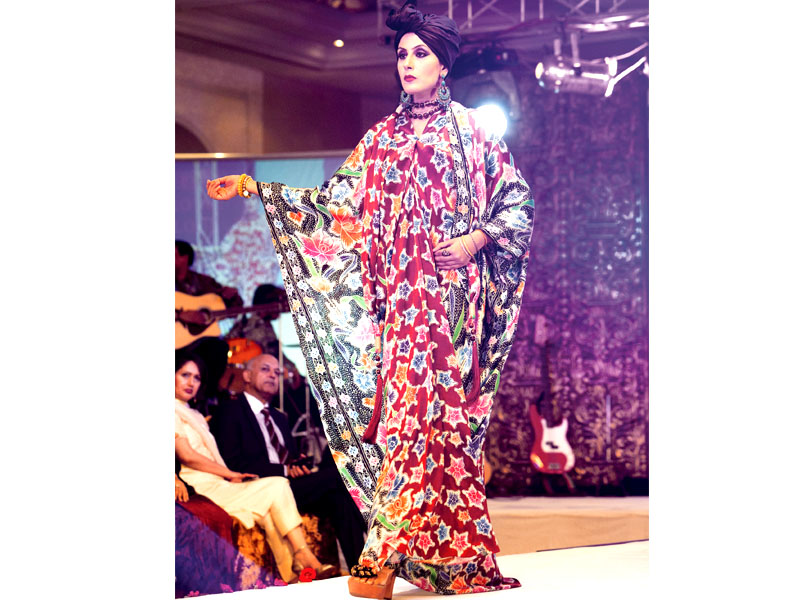
21st Century Fashion: The 21st century is marked by a diverse and ever-changing fashion landscape, with styles ranging from retro to futuristic, and an emphasis on sustainability, inclusivity, and self-expression. Fashion shows, social media, and e-commerce have made fashion more accessible and democratic, while also raising ethical and environmental concerns.
The evolution of fashion from historical dress to modern runways is a testament to the power of human creativity, culture, and imagination. From humble animal skins to high-tech materials, from restrictive corsets to body-positive movements, fashion has come a long way, and will undoubtedly continue to shape and reflect the cultural landscape of our times.


